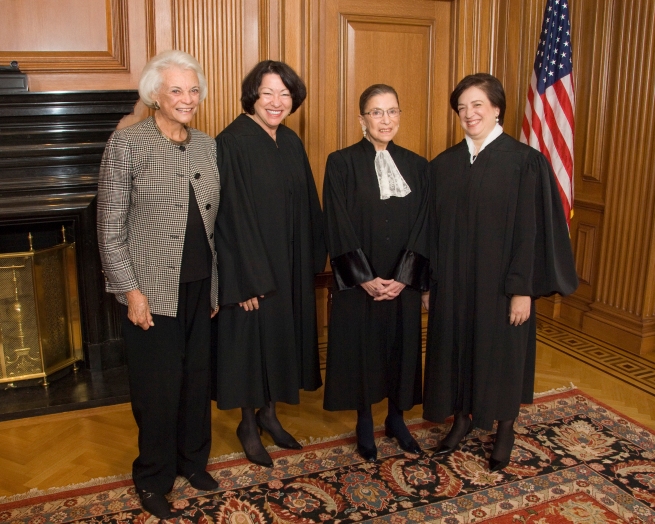
Archive for May, 2012
10114-012-C
Demosthenes, the prominent Greek statesman and orator of ancient Athens wished that we could “see ourselves as others do.” If he could only see the ease with which smart phones make this possible, and the ubiquitous communication on Facebook, YouTube and Twitter, he might take that back. 
There has been a noticeable shift in students’ perceptions of being recorded. While this shift has the potential to produce better communicators, instructors of public speaking need to direct students to take steps to professionalize their recorded presentations.
Groans emanated from my public speaking classes throughout the nineties and 2000s when I would announce that speeches in class would be recorded. I prided myself on being a “better instructor” than professors who just graded and let the record of the speeches disappear as memories fade. In my courses we have evidence of each presentation in the form of a video recording that I require students to view to critique themselves. Only “seeing themselves as others do” would help them to improve, I believe and I hold onto this mantra even now, during this time of smart phone video ease.
Around 2010 the groans in class stopped when I announced that their speeches would be recorded and that, in addition, they would be required to produce a “recorded speech of self introduction.” Knowing, confident faces greeted me and inevitably one student would pipe up: “Can we use our smart phones?”
I realized that this generation is used to be recorded, photographed, and they are immensely more comfortable in front of a camera than those who came before them. It doesn’t mean they are better at it. After viewing hundreds of student speeches sent via Internet links on YouTube and other video sharing sources, I’m convinced that students need to learn skills to present themselves professionally in front of the camera. Today’s public speaking classroom is missing a key teaching imperative for the digital age if it fails to include how to speak effectively on video. In the age of Skype and video conferencing today’s student needs to navigate the ways to speak professionally while being recorded.
Here are some ways to direct students to a more professional recorded image:
1. Dress as though you expect a future employer to see you. Young women seem especially confused here. There is a fine line between professional attire and nightclub attire. Plunging necklines, short skirts and excessive make up detract from a professional image. And young men should realize that hoodies do not enhance ethos. John Molloy was the guru of dressing for success in the 1980s, but styles have changed. More relaxed clothing seems acceptable in many workplaces. Still, some simple tips shared here for new teachers will serve students well.
2. Practice! Oh, this seems obvious, doesn’t it? But today’s student can be so comfortable in front of the camera that they think they are better than they are. Explain to students that only their best effort should be submitted. On the contrary, ensure students have performed multiple takes by requiring that they submit three versions of the presentation in addition to the final one.
3. Guard against verbal frying. This is a new style of speech reminiscent of Kim Kardashian and Brittany Spears, and is most common in young women. Both young men and women are guilty of excessive “likes” and “you knows” and remind students to keep them to a minimum.
4. Choose a professional environment. Your kitchen, bedroom or swimming pool are not appropriate backdrops. Neutral is better. Sitting at a desk will immediately signal seriousness.
5. “How’s it going, guys?” is not a professional salutation. Professionalize speech. “Thank you for your interest in my presentation” is more appropriate if you feel the need to open with something other than the message itself. Keep repeating this line: public speaking is more formal than conversation. Students are especially confused because media has made every public figure so accessible. Still, a good presentation does not resemble a conversation on a bar stool. Sit up straight. Take hair out of your face.
6. In essence, practice. And imagine your grandmother in the audience.
To effectively teach students skills for success, it is imperative to show them samples of effective video presentations. Have at least three examples handy: An “A” presentation that follows the above guidelines, a “B” presentation that falls short for a couple of small reasons and an epic failure or “F” presentation that not only doesn’t fulfill the assignment but damages the speaker’s credibility as well. When students understand that communication they see on reality television programs is different from the communication they need to gain success in today’s competitive world, they will begin to respect that just because they *can* record themselves, perhaps they should not record themselves until they have something thoughtful to say and a professional way to say it.
Clearly, this is a technologically fast changing world. Let’s do our part as communication professors to provide our students with instruction that keeps pace with technology.